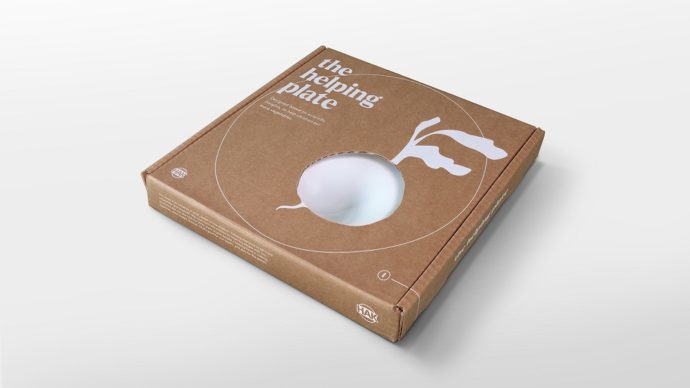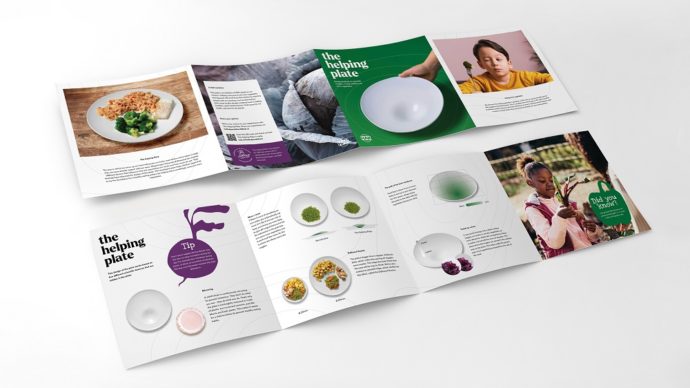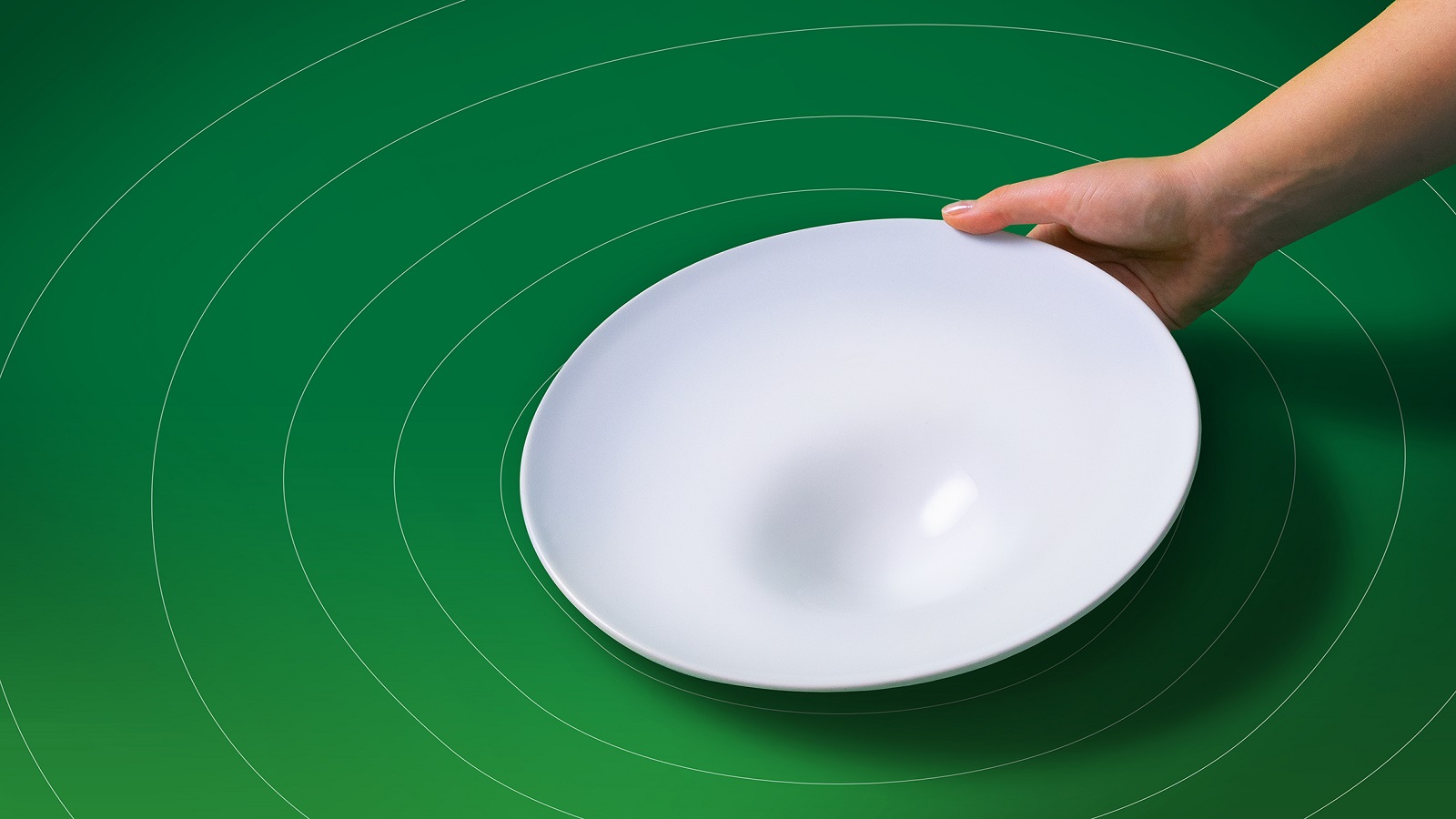What’s up with kids and vegetables? Why don’t they like them? They are important for children yet, probably many of them would agree that they taste bitter. “Too bad it tastes so nasty,” said Buttercup to Professor Utonium when he was trying to make the little girls eat their broccoli in the “Beat your Greens” episode.
Sure, kids might perceive vegetable as villains yet, “The only way to save the Earth is by eating broccoli,” we find out in the episode. Of course, in the cartoons, the plot is out of this world but this quote really makes sense in real life. By adopting a plant-based diet we can do good for the planet and help us stay healthy.
Many parents can’t convince their kids to eat enough vegetables. But what if we hid these “villains” right on their plate? And not just any plate, but The Helping Plate! Based on the Wageningen University & Research‘s (WUR) scientific insights, agency DDB Unlimited helped HAK, one of the largest vegetable brands in Northern Europe, come up with a creative solution to this problem. While it looks like the parent’s plates — which was intended, as kids tend to borrow mom and dad’s behavior — this one works on some scientific principles.

Dr. Betina Piqueras Fiszman, a researcher at WUR, who contributed to gathering a variety of scientific insights says that “we ‘taste’ with our eyes,” mentioning that our perception of food is influenced by the way it is presented. This factor may affect how much we end up consuming.
The ‘intelligent plate’ has a design that subconsciously makes kids eat more veggies. For example, the larger size of the plate makes the portion of vegetables look smaller. In turn, this will make children think that it will be easy to finish their meal. The effect, known as the Delboeuf illusion, is reinforced by omitting a raised, colorful edge.
Considering that the color is another factor that influences the way we eat, the spot where the veggies are intended to be placed is the whitest on the plate, making the herbs even more appealing to kids. In general, people tend to consume what is closer to them and so, this spot, which is recommended to be placed facing the kid, has undergone some changes too. An indentation in the dish allows kids to serve more food and they won’t even notice it.

“We cannot guarantee that it will work for everyone, but almost all of the families that tested the plate with their children were positive about it. Most parents indicated that it was easier than usual to let the children eat more vegetables. The children also responded positively to the fact that The Helping Plate looks like a real grown-up’s plate. In addition, parents became more aware of how much vegetables they have to serve to meet the requirement of 100-150 grams/day. We are very curious about the user experiences we will collect over the coming months,” says Nicole Freid, Director of Marketing and Innovation at HAK.
Luuk Simonse and Leendert-Jan de Ronde, creatives at DDB Unlimited: “It’s a big challenge to change children’s behavior. As we searched for an innovative solution, we discovered that there was still a lot of room for improvement in the way we present vegetables at the table. That’s why we incorporated scientific insights into the plate’s design. In this way, we created a tangible product that’s available to everyone.”

The Helping Plate was designed by Waarmakers Studio and is produced by Royal Goedewaagen in the Netherlands. It can be bought at de Bijenkorf. Maarten Heijltjes, designer at Waarmakers Studio, who incorporated the scientific insights into the plate’s design, says: “Perception is a difficult thing to predict. Especially when the subject comes in a variety of sizes and shapes, as vegetables tend to vary greatly. From the first design sketches, we needed to move toward high-definition prototyping very quickly to get a grasp of the actual effect of our designs on the perception of volume. The combination of a more traditional mold for the main shape of the designed plate, combined with 3D printed inlays for the dents proved to be a very precise and fast method to test different shapes and iterations.”
And so once again, the day is saved thanks to… HAK and a team of researchers and creative people!
Credits:
Client: HAK
Agency: DDB Unlimited
Research: Wageningen University & Research
Product design: Waarmakers Studio
Plate production: Royal Goedewaagen
